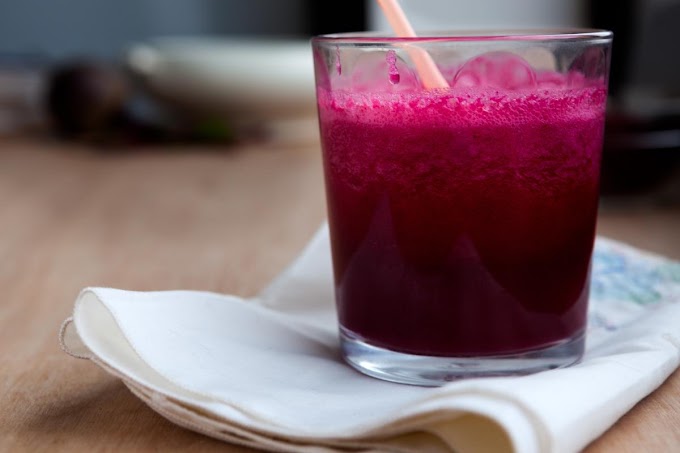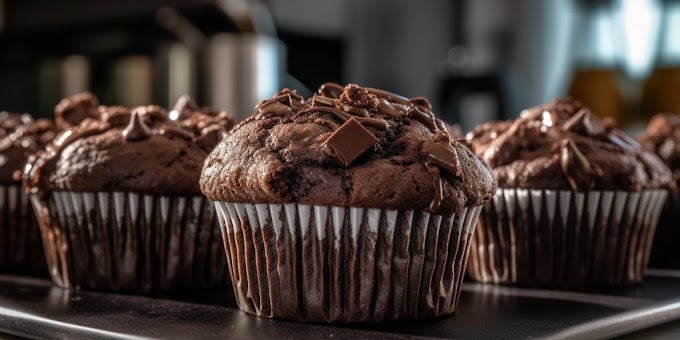Why Choose Chicken Thighs?
Before we dive into the cooking process, it’s worth discussing why chicken thighs are a great choice for pressure cooking. Unlike chicken breasts, thighs are dark meat, which makes them more flavorful and forgiving to cook. They have a higher fat content, which keeps them moist and tender, even after long cooking times. Chicken thighs are also versatile, as they can be used in various recipes ranging from stews to salads, or enjoyed on their own.
Ingredients and Equipment
Ingredients:
4-6 chicken thighs (bone-in or boneless, with or without skin)
1 tablespoon of olive oil (or your preferred cooking oil)
1 onion (chopped)
2-3 garlic cloves (minced)
1 cup of chicken broth (or water)
1 teaspoon of paprika
1 teaspoon of salt
1/2 teaspoon of black pepper
1/2 teaspoon of dried thyme
1/2 teaspoon of dried rosemary
Optional: Vegetables like carrots, potatoes, or celery for a one-pot meal
Equipment:
Pressure cooker (electric or stovetop)
Tongs (for handling the chicken)
Cutting board and knife
Measuring spoons and cups
Step-by-Step Instructions
Step 1: Prep the Chicken Thighs
Before you begin cooking, take the chicken thighs out of the refrigerator and let them sit at room temperature for about 15 minutes. This helps them cook more evenly. Pat them dry with paper towels, as this will help achieve a better sear. If you prefer crispy skin, leave the skin on; otherwise, you can remove it.
Season the chicken thighs on both sides with salt, pepper, paprika, thyme, and rosemary. Make sure to rub the spices in well to ensure the flavors penetrate the meat.
Step 2: Sear the Chicken
Set your pressure cooker to the sauté function if you’re using an electric model. If you have a stovetop pressure cooker, heat it over medium-high heat. Add the olive oil to the pot and let it heat up. Once the oil is shimmering, add the chicken thighs, skin side down (if you’ve left the skin on).
Sear the chicken thighs for about 3-4 minutes per side, or until they are golden brown. This step is crucial because it locks in the juices and adds depth to the flavor. Use tongs to turn the chicken, being careful not to tear the skin. Once seared, remove the chicken thighs from the pressure cooker and set them aside.
Step 3: Sauté the Aromatics
With the chicken removed, add the chopped onion to the pressure cooker. Sauté for about 2-3 minutes, or until the onion becomes translucent. Add the minced garlic and cook for another minute, stirring frequently to prevent burning.
Step 4: Deglaze the Pot
Deglazing is an important step that prevents the bottom of the pot from burning and adds extra flavor to your dish. Pour in the chicken broth (or water) and use a wooden spoon to scrape up any brown bits stuck to the bottom of the pot. These bits are packed with flavor and will enhance the overall taste of the dish.
Step 5: Pressure Cook the Chicken Thighs
Return the seared chicken thighs to the pressure cooker, placing them on top of the sautéed onions and garlic. If you’re adding vegetables like carrots or potatoes, place them around the chicken. Make sure not to overfill your pressure cooker, as it needs space to build pressure.
Secure the lid on the pressure cooker and set the valve to the sealing position. If you’re using an electric pressure cooker, select the manual or pressure cook function and set the timer for 10 minutes for boneless thighs or 12 minutes for bone-in thighs. For stovetop models, bring the cooker to high pressure and then start timing.
Step 6: Natural Release
Once the cooking time is up, allow the pressure to release naturally for about 5 minutes. This helps the chicken thighs retain their moisture. After 5 minutes, you can perform a quick release by carefully turning the valve to the venting position to release any remaining pressure. Always use a kitchen towel or oven mitt to avoid burns.
Step 7: Check for Doneness
Carefully open the pressure cooker and use a meat thermometer to check the internal temperature of the chicken thighs. They should reach an internal temperature of 165°F (74°C) for safe consumption. If they haven’t reached this temperature, you can place the lid back on and cook them for an additional 1-2 minutes under pressure.
Step 8: Serve and Enjoy
Once the chicken thighs are fully cooked, remove them from the pressure cooker and let them rest for a few minutes. This allows the juices to redistribute throughout the meat, making it even more tender. Serve the chicken thighs with the cooked vegetables, rice, or your favorite side dish.
Tips and Variations
For Crispy Skin: If you prefer extra crispy skin, you can place the cooked chicken thighs under a broiler for 2-3 minutes after pressure cooking. This will give them a beautiful golden-brown finish.
Flavor Variations: Experiment with different spice blends to suit your taste. Cajun seasoning, Italian herbs, or even a sweet and spicy rub can add a unique twist to your chicken thighs.
Adding Sauce: If you want a richer dish, consider adding a sauce after cooking. A simple cream sauce made with heavy cream and Dijon mustard, or a tangy BBQ sauce, can elevate the flavor.
Freezing and Reheating: Cooked chicken thighs can be stored in the refrigerator for up to 4 days or frozen for up to 3 months. Reheat them in the microwave or oven, ensuring they reach an internal temperature of 165°F.
Conclusion
Cooking chicken thighs in a pressure cooker is a quick and easy way to prepare a delicious and nutritious meal. With the right seasonings and techniques, you can enjoy tender, flavorful chicken in a fraction of the time it would take using other cooking methods. Whether you’re making a weeknight dinner or meal prepping for the week, pressure-cooked chicken thighs are sure to become a staple in your kitchen. Happy cooking!








Social Plugin